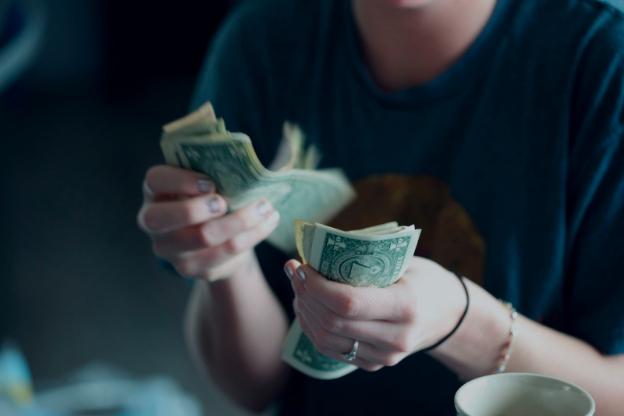According to new data collected by the Commerce Department, consumer spending in the United States surged for the month of June. The latest report explains that consumer spending rebounded by 1.0% in June after falling 0.1% in May. Spending surged for the month of June, mainly because of the demand for different services. Spending on goods, meanwhile, only rose by 0.5%. As consumer spending rises, inflation has also accelerated, according to new reports.
Currently, the annual inflation is accelerating above the initial 2% target put in place by the Federal Reserve. Other reports have also revealed that personal income only barely rose in June, though wage growth in the second quarter has grown the fastest (annually) it has in about 13 years.
Many households managed to save a record amount of savings throughout the pandemic last year and early this year, which has helped with consumer spending. Government stimulus checks have also helped. Many economists foresee consumer spending continuing to be healthy with each month and into 2022.
Money spent on services is the main reason why consumer spending surged in June. While spending on goods was strong and stable at a 0.5% rise, spending on services rose by about 1.2% in June. For the most part, this was from money spent on travel-related services, such as at restaurants or hotels.
Money spent on goods dipped because of the many different shortages many industries are currently facing. Nationwide, many companies are attempting to deal with labor and raw material shortages. For example, the auto industry is currently dealing with a global semiconductor shortage, which has forced prices of cars to surge and inventories to lower. This has, in turn, slowed the sales of cars and motor vehicles.
However, consumer spending has also naturally shifted from goods to services. Many bought different goods in 2020 during the height of the COVID-19 pandemic. Now, as many Americans are fully vaccinated and able to travel for the first time, spending has shifted to mainly travel-related services.
Economists still have high hopes for the rest of the year, and into the next year. While the country — and the world — is still dealing with the COVID-19 pandemic, many regulations have gone away as many become fully vaccinated. However, as new variants, such as the Delta variant, cause infections to surge, some analysts are wary about what the future holds.
While most economists assume that shutdowns or lockdowns won’t happen again, consumer spending could change or fluctuate if new mandates or regulations are put back in place. Certain counties and companies have already mandated masks for customers and employees, even if they are vaccinated. If surges continue much like they did earlier this year and back in 2020 when the pandemic first began, then the U.S. could face a fluctuating economy again.
Inflation is also rising as consumer demand continues to outpace overall supply, which is causing some stress and worries for analysts, as it doesn’t appear that inflation will slow down anytime soon.
